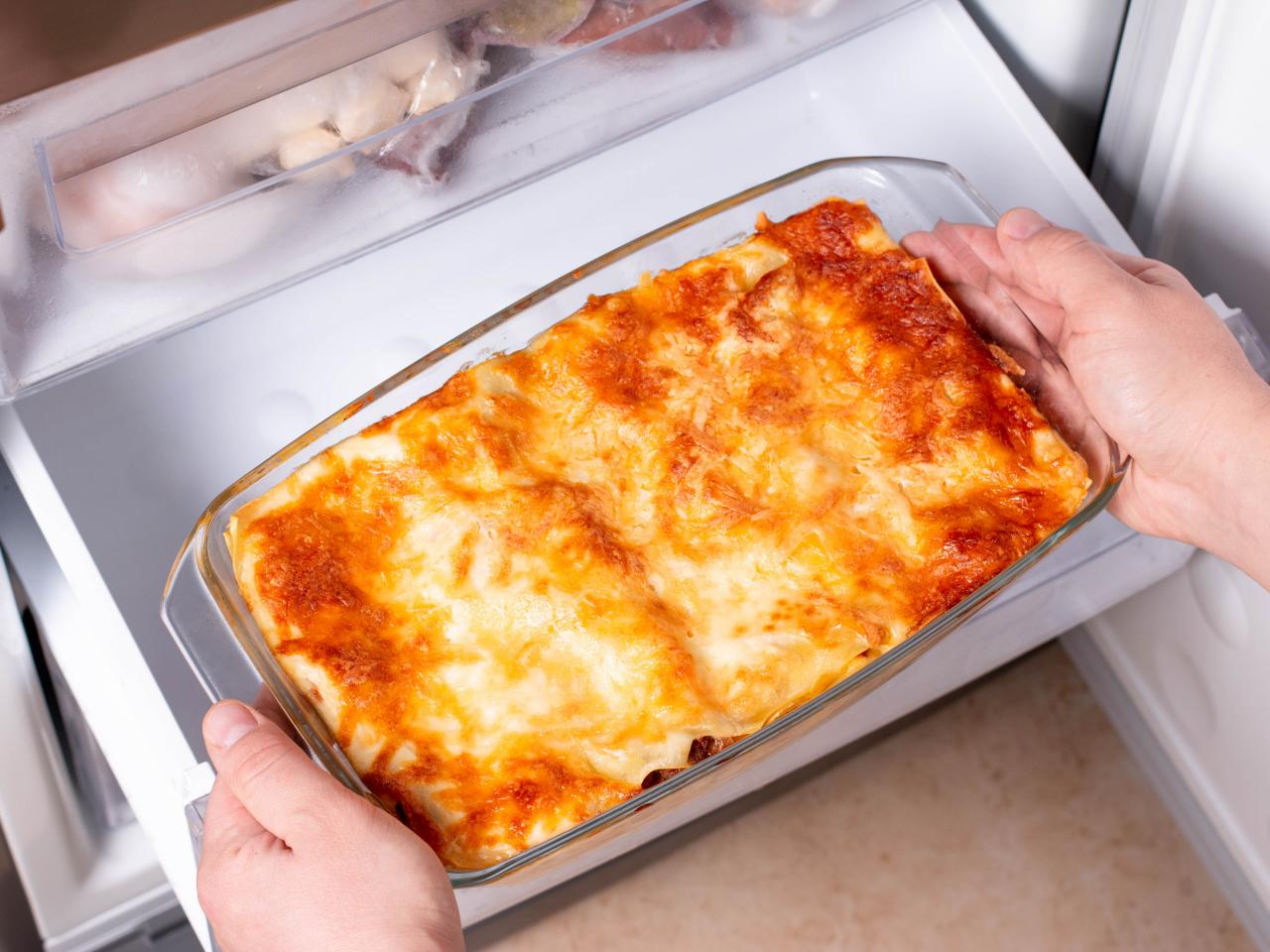

Articles
How To Store Lasagna In The Fridge
Modified: May 6, 2024
Learn the best method to store lasagna in the fridge and keep it fresh for longer. Check out our informative articles for helpful tips and tricks.
(Many of the links in this article redirect to a specific reviewed product. Your purchase of these products through affiliate links helps to generate commission for Storables.com, at no extra cost. Learn more)
Introduction
Lasagna is a classic Italian dish loved by people of all ages. It’s a flavorful combination of pasta, rich sauce, cheese, and various other delicious ingredients. Whether you’re preparing lasagna for a big family gathering or simply cooking up a batch for yourself, there’s a chance you’ll have leftovers that need to be stored properly.
Storing lasagna in the fridge is essential to maintain its freshness and prevent any spoilage. If you’re unsure about the correct way to store lasagna, don’t worry – we’ve got you covered! In this article, we’ll guide you through the steps to properly store lasagna in the fridge and keep it at its best for later enjoyment.
Before we jump into the process, it’s important to note that the quality of the lasagna can impact its shelf life in the fridge. Freshly cooked lasagna will typically last for around 3-5 days in the fridge, while frozen lasagna can last much longer. Now, let’s dive into the step-by-step process of storing lasagna in the fridge:
Key Takeaways:
- Properly storing lasagna in the fridge involves allowing it to cool, cutting it into portions, using appropriate containers, wrapping it well, and labeling containers. Following these steps ensures freshness and easy future enjoyment.
- Remember to practice proper hygiene when handling and storing lasagna to maintain food safety. Label and date containers for easy organization and prioritize consumption based on freshness. Enjoy your delicious homemade lasagna to the fullest!
Read more: How To Store Lasagna
Step 1: Allow the Lasagna to Cool
Once your lasagna is freshly cooked and out of the oven, it’s essential to allow it to cool down before storing it in the fridge. Cooling down the lasagna properly helps prevent bacteria growth and keeps the dish safe to consume in the future.
Start by taking the lasagna out of the oven and placing it on a heat-resistant surface like a cooling rack or a trivet. Let it sit for about 15-20 minutes to allow the excess heat to dissipate. This cooling period also allows the flavors to meld together, enhancing the taste of the lasagna.
While it may be tempting to dive right into a steaming hot piece of lasagna, it’s important to exercise patience and let it cool adequately. Additionally, placing hot lasagna directly into the fridge can raise its internal temperature, potentially impacting the other items in your refrigerator.
During the cooling process, make sure to keep the lasagna uncovered. This helps prevent the buildup of condensation, which can make the lasagna soggy. Leaving it uncovered also allows excess moisture to evaporate, preserving the desired texture of the dish.
Once the lasagna has cooled down to room temperature, it’s ready for portioning and storage. Remember, it’s crucial to handle the lasagna with clean hands or utensils to maintain proper hygiene throughout the process.
Step 2: Cut the Lasagna into Portions
Before storing the lasagna in the fridge, it’s best to cut it into individual portions. This makes it easier to grab a serving whenever you’re ready to enjoy a delicious piece of lasagna.
Start by using a sharp knife to cut the lasagna into square or rectangular portions. The size of each portion can vary based on personal preference, but aim for sizes that are easy to handle and reheat if needed. Generally, a portion can be around 3-4 inches wide and 3-4 inches long.
If you have a large lasagna, you may want to divide it into several portions to ensure they fit in your fridge containers. Cutting the lasagna into smaller pieces also helps with faster and more even reheating, as you can heat only the required portion without thawing the whole dish.
As you cut the lasagna, use a spatula or a pie server to lift each portion carefully and transfer it to a separate plate or cutting board. This way, you can ensure that the portions are neatly cut and ready to be wrapped or placed in containers.
Remember to handle the lasagna with care during this step to prevent it from falling apart or losing its shape. Be gentle when transferring the portions to avoid any unnecessary mess or distortion.
Once you’ve cut the lasagna into individual portions, you’re ready for the next step in storing it in the fridge. This includes selecting the appropriate containers to maintain freshness and prevent any cross-contamination.
Step 3: Use Appropriate Containers
Choosing the right containers to store your lasagna is crucial to maintain its quality and prevent any leakage or contamination. Here are a few key factors to consider when selecting containers:
Airtight: Opt for airtight containers that have a secure lid to prevent exposure to air, which can cause the lasagna to dry out and lose its flavor. This also helps to prevent any odor transfer to other foods in the fridge.
Size: Ensure that the containers you choose can comfortably fit the portioned lasagna. It’s best to avoid leaving large empty spaces in the container, as this can lead to faster spoilage. Consider using containers that are just slightly larger than the portioned lasagna to minimize the air trapped inside.
Material: Choose containers made of glass or food-grade plastic, which are safe for storing food and are easy to clean. Avoid using containers that are damaged, as they may not provide a proper seal.
Stackability: If you plan on storing multiple portions of lasagna, it’s ideal to choose containers that can be easily stacked on top of each other. This helps to maximize the space in your fridge and keep everything organized.
Freezer-safe: If you anticipate freezing the lasagna for longer storage, ensure that the containers you use are freezer-safe to prevent any cracking or damage in low temperatures.
Remember to wash and sanitize the containers before using them. Clean containers help maintain the freshness of the lasagna and prevent any contamination from previous food residue.
By using appropriate containers, you can ensure that your portioned lasagna stays fresh, retains its flavors, and remains safe to consume. Once you have the containers ready, it’s time to wrap the lasagna properly before storing it in the fridge.
To store lasagna in the fridge, let it cool completely, then cover it tightly with plastic wrap or aluminum foil. It can be kept in the fridge for 3-5 days.
Step 4: Wrap the Lasagna Properly
Properly wrapping the lasagna is essential to prevent moisture loss, maintain its texture, and keep it fresh during refrigeration. Here’s how to wrap the lasagna effectively:
1. Aluminum Foil: Using aluminum foil is a popular choice for wrapping lasagna. Start by placing the portioned lasagna in the center of a large piece of foil. Fold the sides over the lasagna, ensuring that all edges are sealed tightly. This will help retain moisture and prevent any dehydration.
2. Plastic Wrap: If you prefer a tighter seal, you can wrap the lasagna with plastic wrap after covering it with foil. Wrap the lasagna tightly with plastic wrap, ensuring that there are no gaps or air pockets. This provides an extra layer of protection against moisture loss and keeps the flavors intact.
3. Freezer Bags: If you’re planning to freeze the lasagna for later use, you can use freezer bags instead of foil and plastic wrap. Place the portioned lasagna in a freezer bag and remove as much air as possible before sealing it. This helps prevent freezer burn and keeps the lasagna fresh for a longer duration.
Remember to label each wrapped portion with the date of preparation. This will help you keep track of how long the lasagna has been stored in the fridge and ensure that you consume it within a safe timeframe.
By wrapping the lasagna properly, you can preserve its taste, texture, and moisture content, ensuring a delightful dining experience when you decide to enjoy it later. Now that the lasagna is well-wrapped, it’s time to store it in the fridge.
Read more: How To Store Leftover Lasagna
Step 5: Label and Date the Containers
Labelling and dating the containers is a crucial step when storing lasagna in the fridge. By clearly marking each container, you can maintain organization, easily identify the contents, and ensure that you consume the lasagna within a safe timeframe. Here’s how to label and date the containers:
1. Mark the Containers: Using a permanent marker or labels, write the contents of the container, which in this case is lasagna. This will help you quickly identify it amongst other items in the fridge.
2. Date the Containers: Write the date of preparation or the date when you stored the lasagna in the containers. This will give you a clear idea of how long it has been stored and helps you keep track of freshness.
3. Optional: Additional Information: You can also include any additional information on the label, such as the number of servings or any special instructions for reheating, if applicable. This can be particularly helpful if you have multiple containers of lasagna with different variations.
By labelling and dating the containers, it becomes easier to plan meals, prioritize consumption based on freshness, and reduce food waste. This practice also helps you avoid confusion and ensures that you can enjoy your lasagna while it’s still at its best quality.
Now that the containers are labelled and dated, it’s time to store the lasagna in the fridge, making sure to follow proper storage guidelines for maximum freshness.
Step 6: Store the Lasagna in the Fridge
Now that your portioned and properly wrapped lasagna is ready, it’s time to store it in the fridge. Follow these guidelines to ensure that the lasagna stays fresh and safe to consume:
1. Choose the Right Shelf: Select a shelf in your fridge that is dedicated to storing your lasagna. This helps in keeping it away from other ingredients, preventing cross-contamination and maintaining its flavor.
2. Place the Containers: Arrange the labeled and wrapped lasagna containers on the selected shelf in an organized manner. If you have multiple containers, stack them if possible to save space.
3. Maintain Temperature: Refrigerate the lasagna promptly after wrapping to keep it at a safe temperature (below 40°F or 4°C). This prevents the growth of bacteria and preserves the quality of the dish.
4. Avoid Overcrowding: Make sure not to overcrowd the shelf or stack items on top of the lasagna containers. Proper air circulation helps maintain the ideal temperature and prevents the lasagna from becoming overly moist.
5. Keep Away from Strong Odors: Avoid storing the lasagna near strong-smelling foods like onions or garlic. Lasagna can easily absorb odors, which may affect its taste.
6. Follow Storage Duration: Consume the lasagna within 3-5 days for the best quality. If you plan to store it for a longer duration, freezing is a better option to maintain freshness.
By following these steps, you can ensure that your lasagna stays fresh, flavorful, and safe to eat. Remember to always practice proper food handling and storage practices to avoid any foodborne illnesses.
Now you have successfully stored your lasagna in the fridge. When you’re ready to enjoy it, simply reheat the desired portion and savor the deliciousness of your homemade lasagna!
Conclusion
Storing lasagna in the fridge is a simple process that ensures your leftovers remain fresh and safe to consume. By following the steps outlined in this guide, you can maintain the quality and flavor of your lasagna for future enjoyment.
Allowing the lasagna to cool, cutting it into portions, choosing appropriate containers, wrapping it properly, and labeling and dating the containers are all essential steps in the process. These steps help ensure that your lasagna stays fresh, retains its moisture, and avoids any cross-contamination.
Remember to follow proper hygiene practices during the handling and storage of the lasagna. Cleanliness is crucial to maintain food safety and prevent any unwanted bacterial growth.
By storing your lasagna correctly in the fridge, you can typically expect it to last for 3-5 days. However, if you prefer to enjoy lasagna on a later date, it is advisable to freeze it for longer storage.
Plan your portions accordingly, label the containers with the date, and always prioritize consumption based on freshness. By doing so, you can minimize food waste and enjoy your delicious homemade lasagna to the fullest.
So, the next time you find yourself with leftover lasagna, follow these steps to ensure proper storage in the fridge. Your future self will thank you for having a tasty and convenient meal ready whenever the lasagna craving strikes!
Now that you've mastered storing lasagna effectively, keeping your culinary creations fresh might be on your mind. Don't miss our guide on optimal solutions for preserving various foods. This comprehensive resource offers insights into maintaining flavor and extending shelf life with the right containers and strategies.
Frequently Asked Questions about How To Store Lasagna In The Fridge
Was this page helpful?
At Storables.com, we guarantee accurate and reliable information. Our content, validated by Expert Board Contributors, is crafted following stringent Editorial Policies. We're committed to providing you with well-researched, expert-backed insights for all your informational needs.
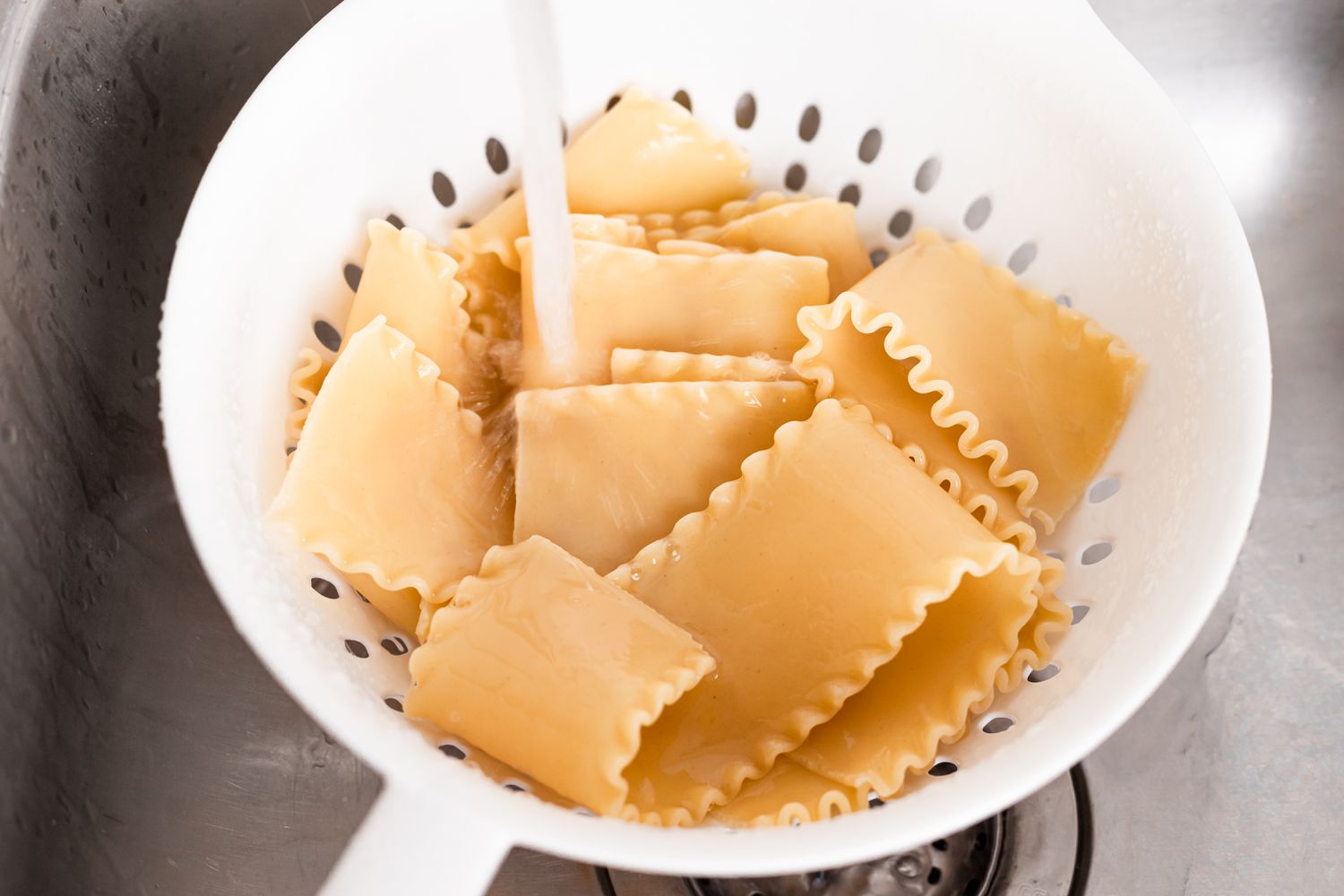
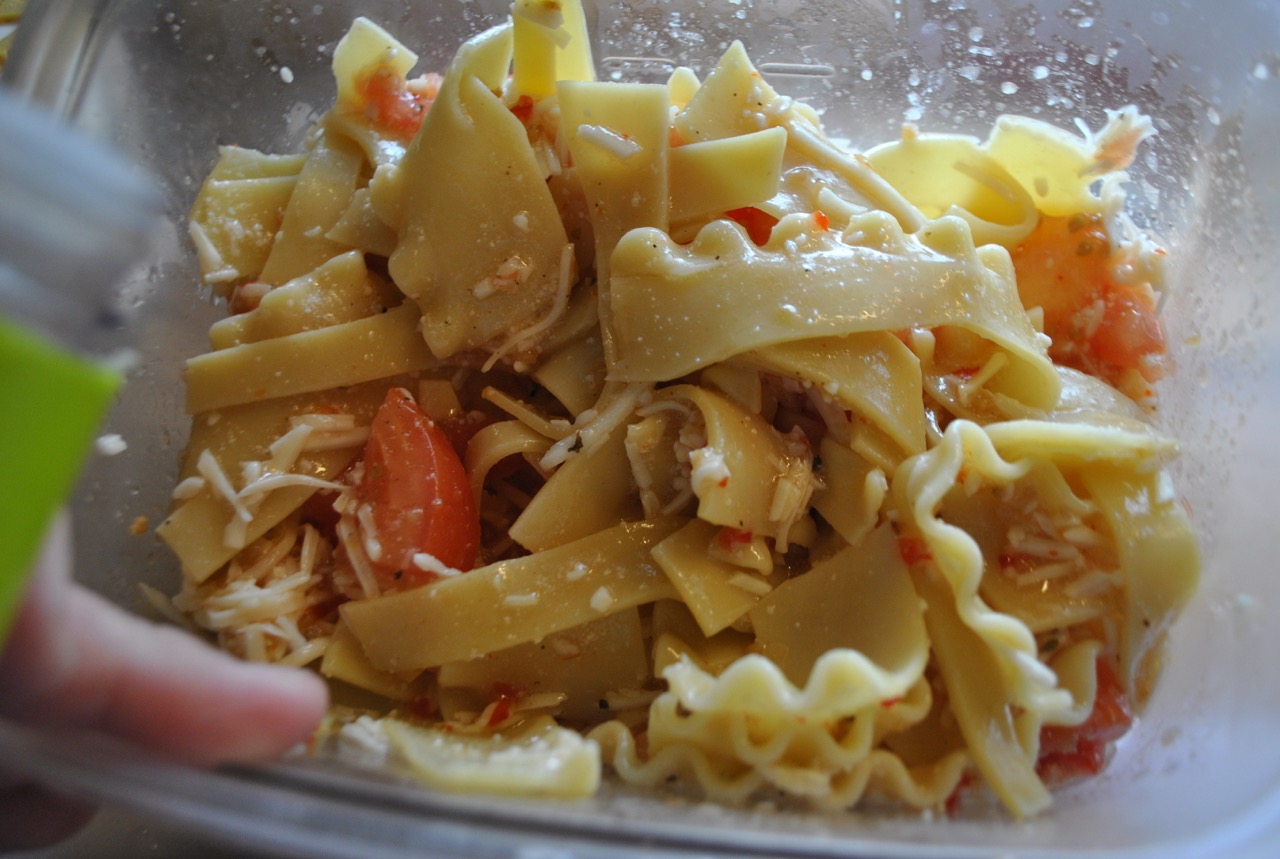

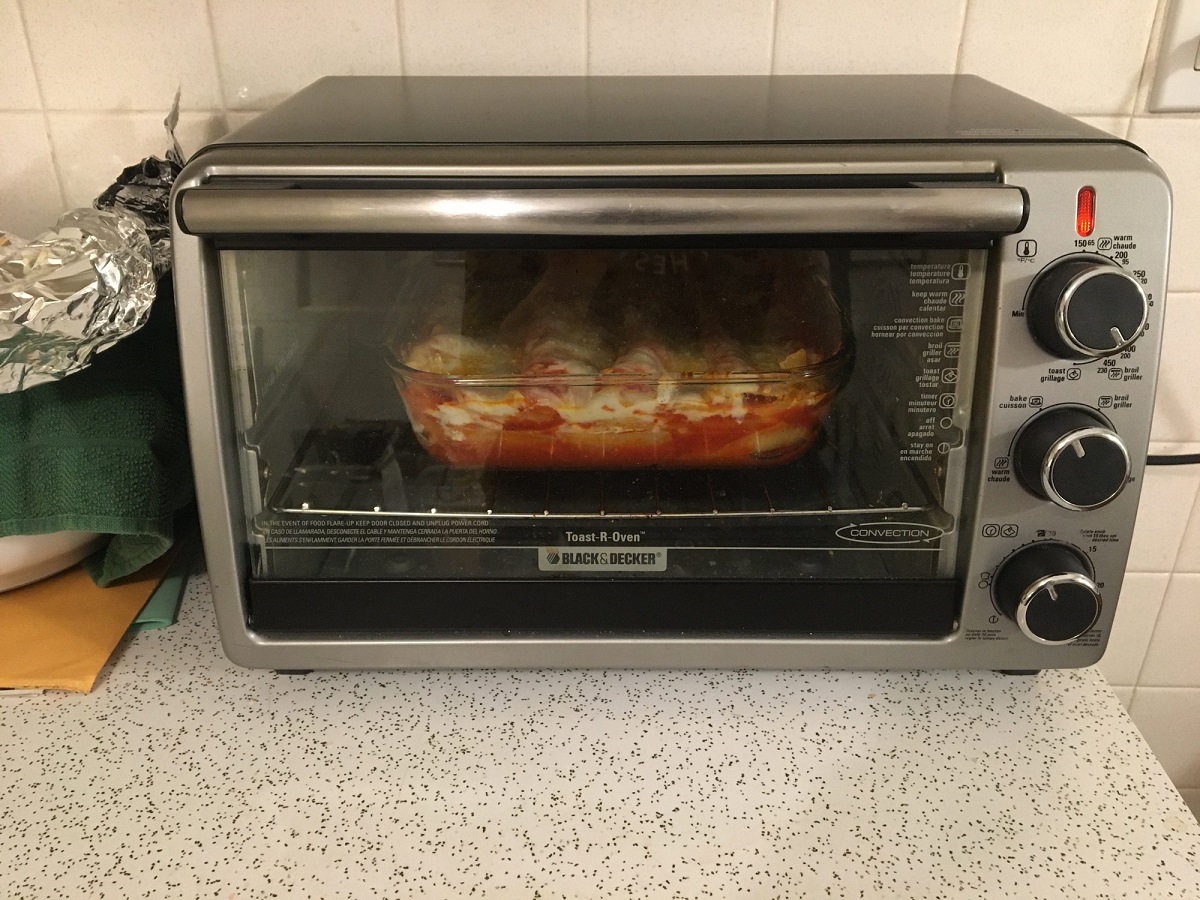
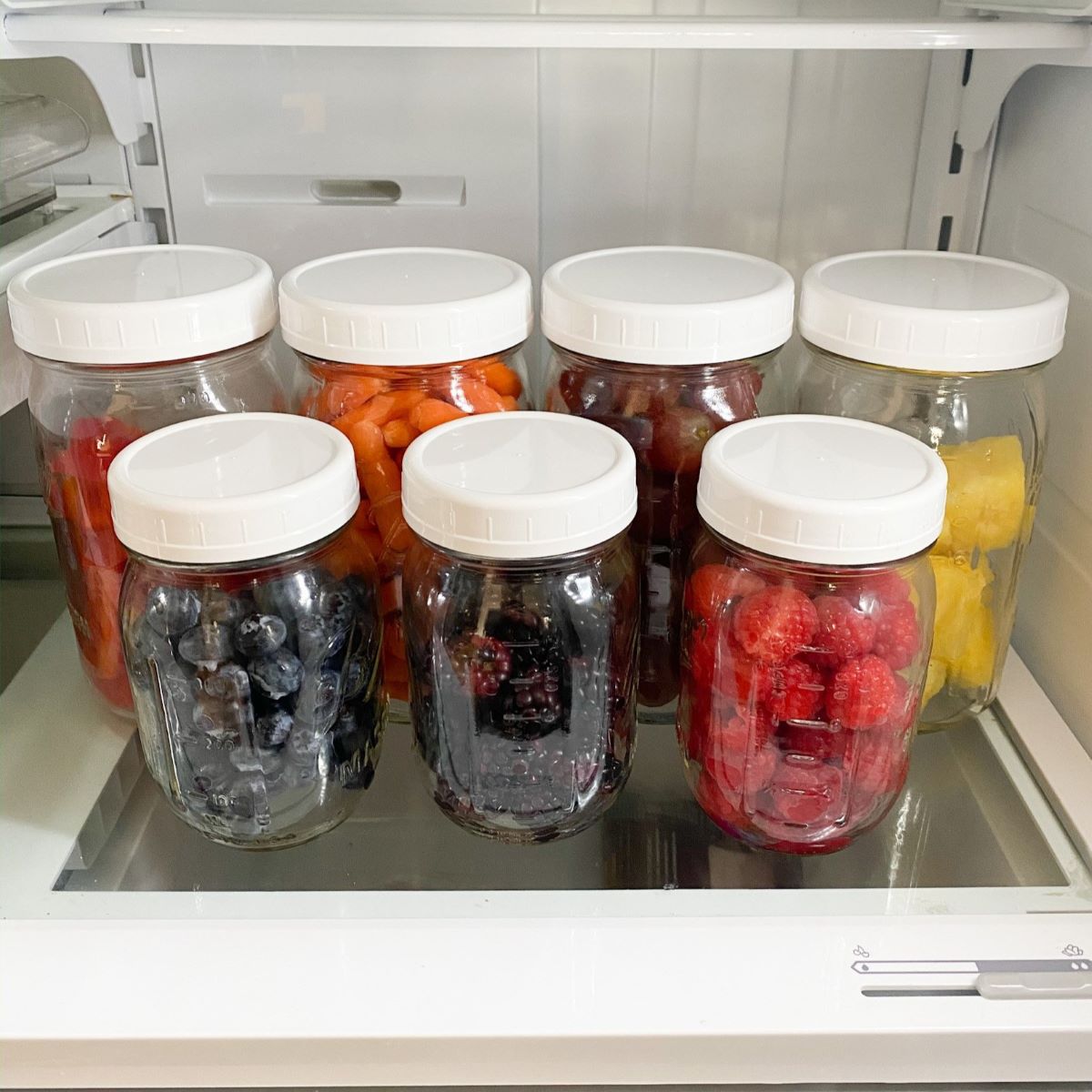
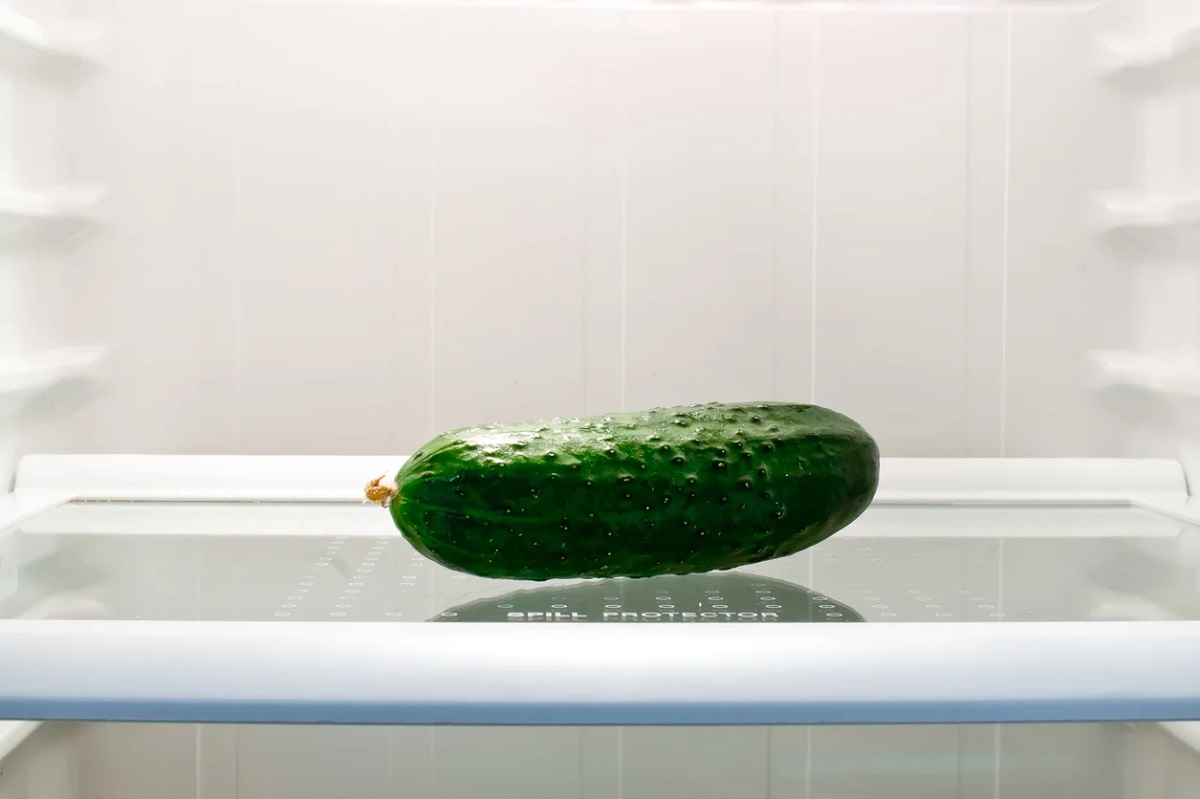
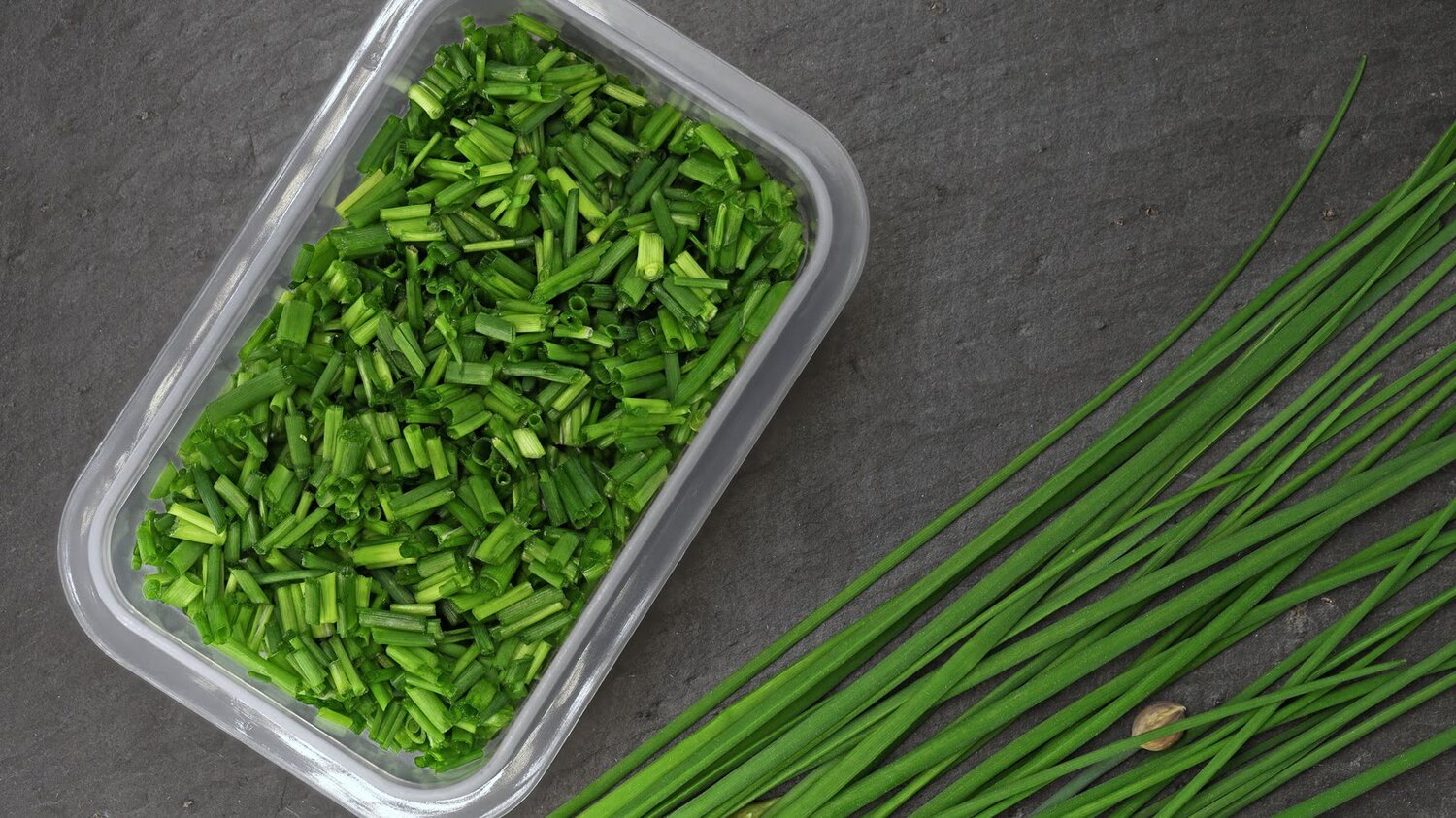
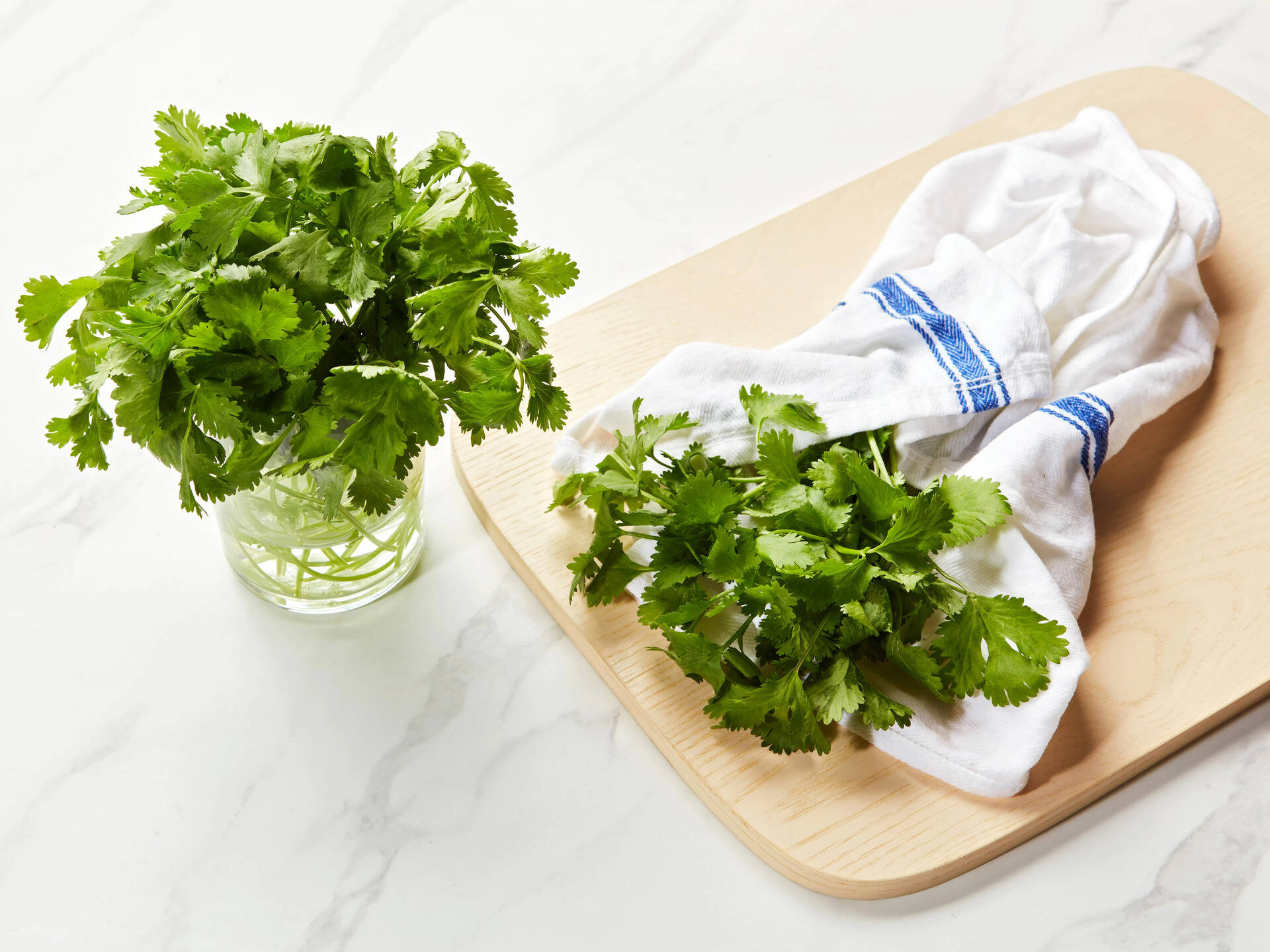
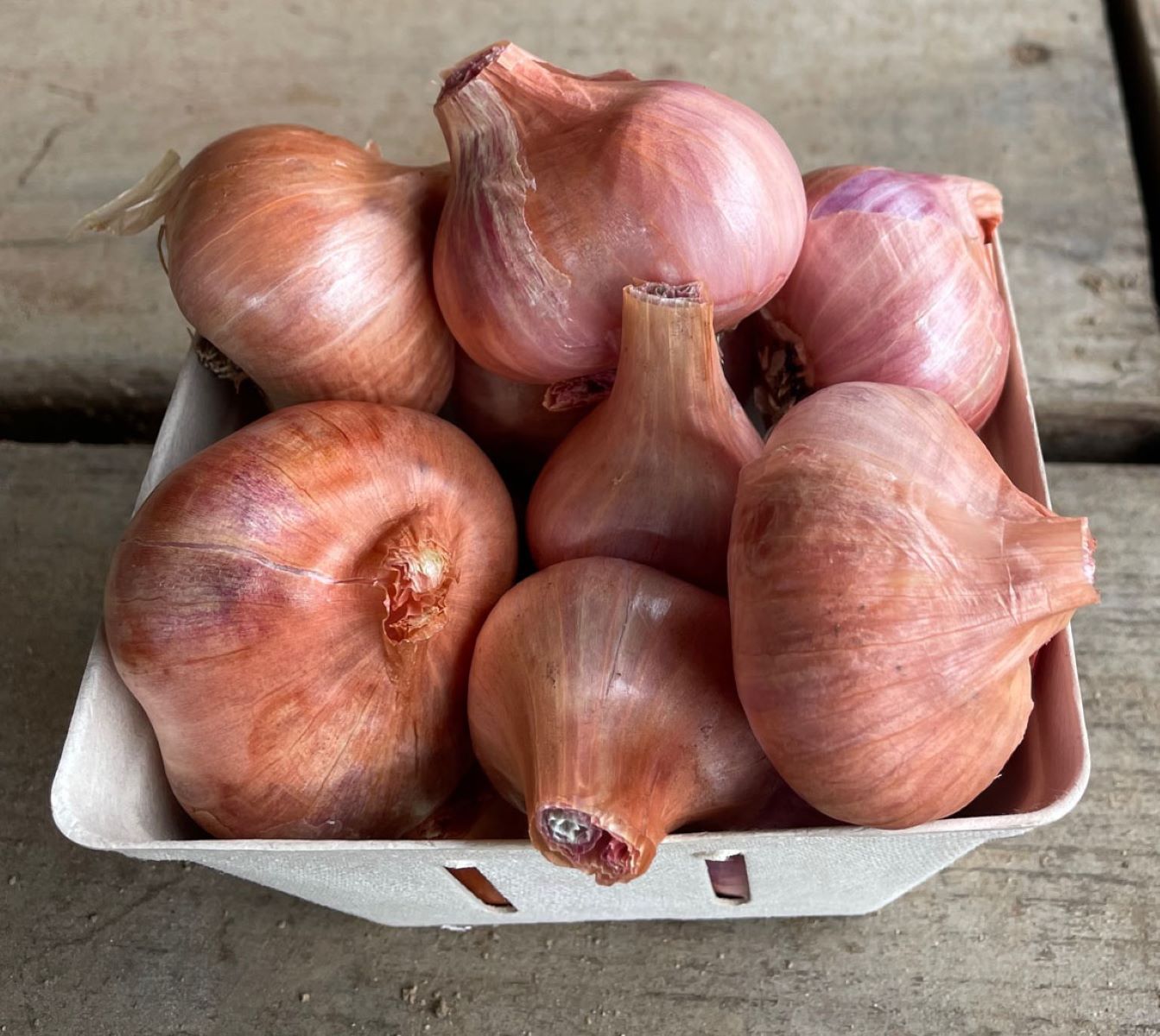
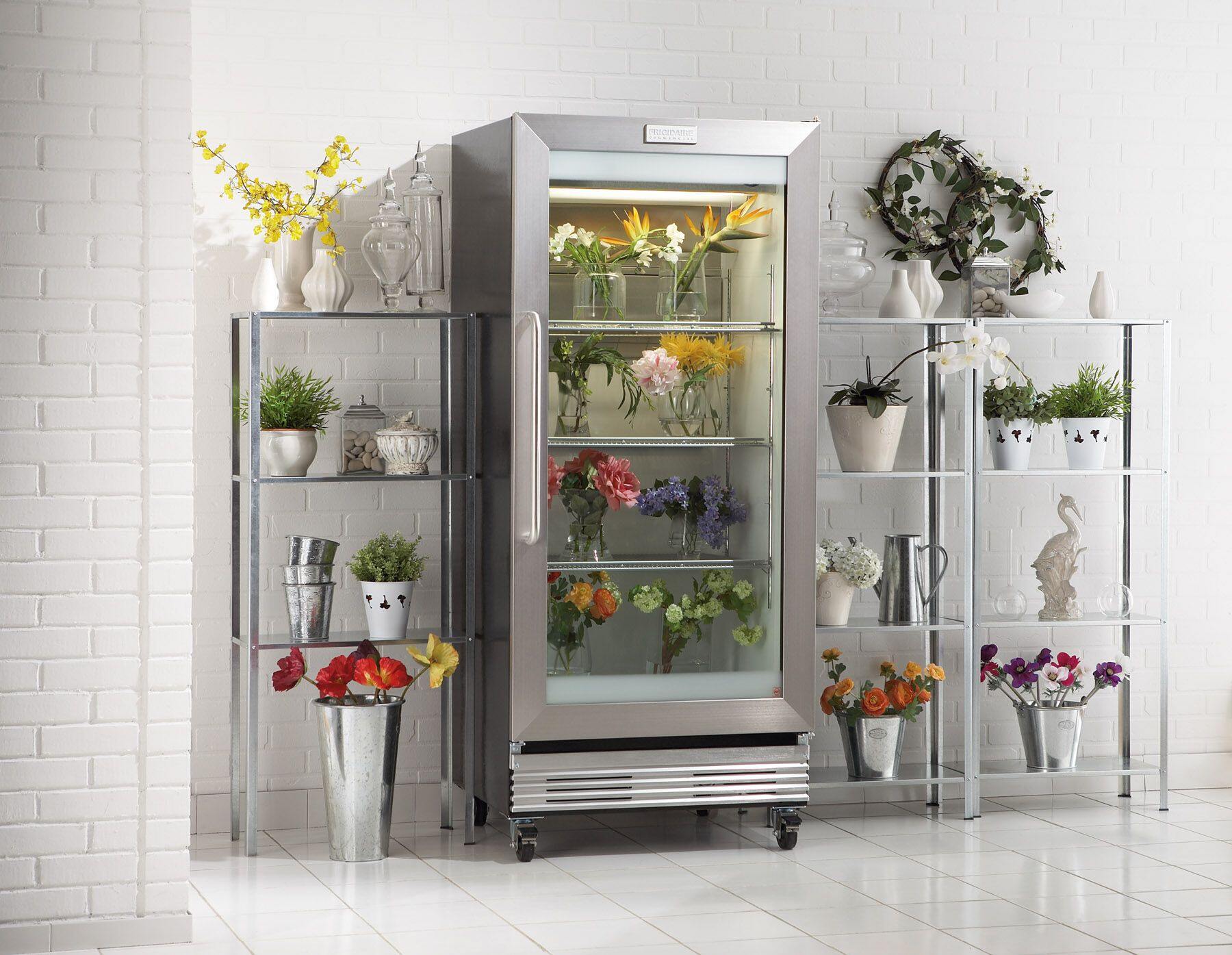
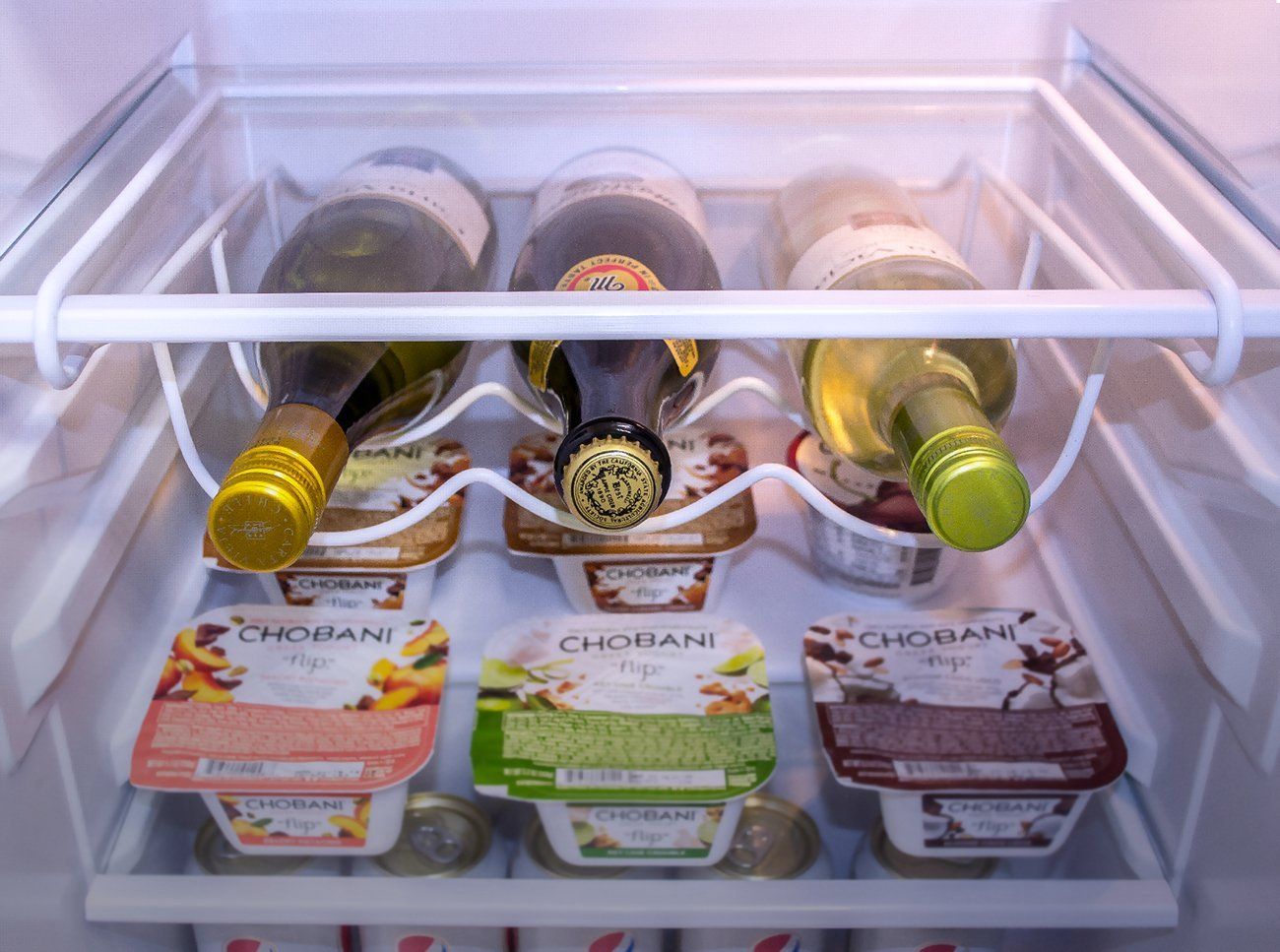

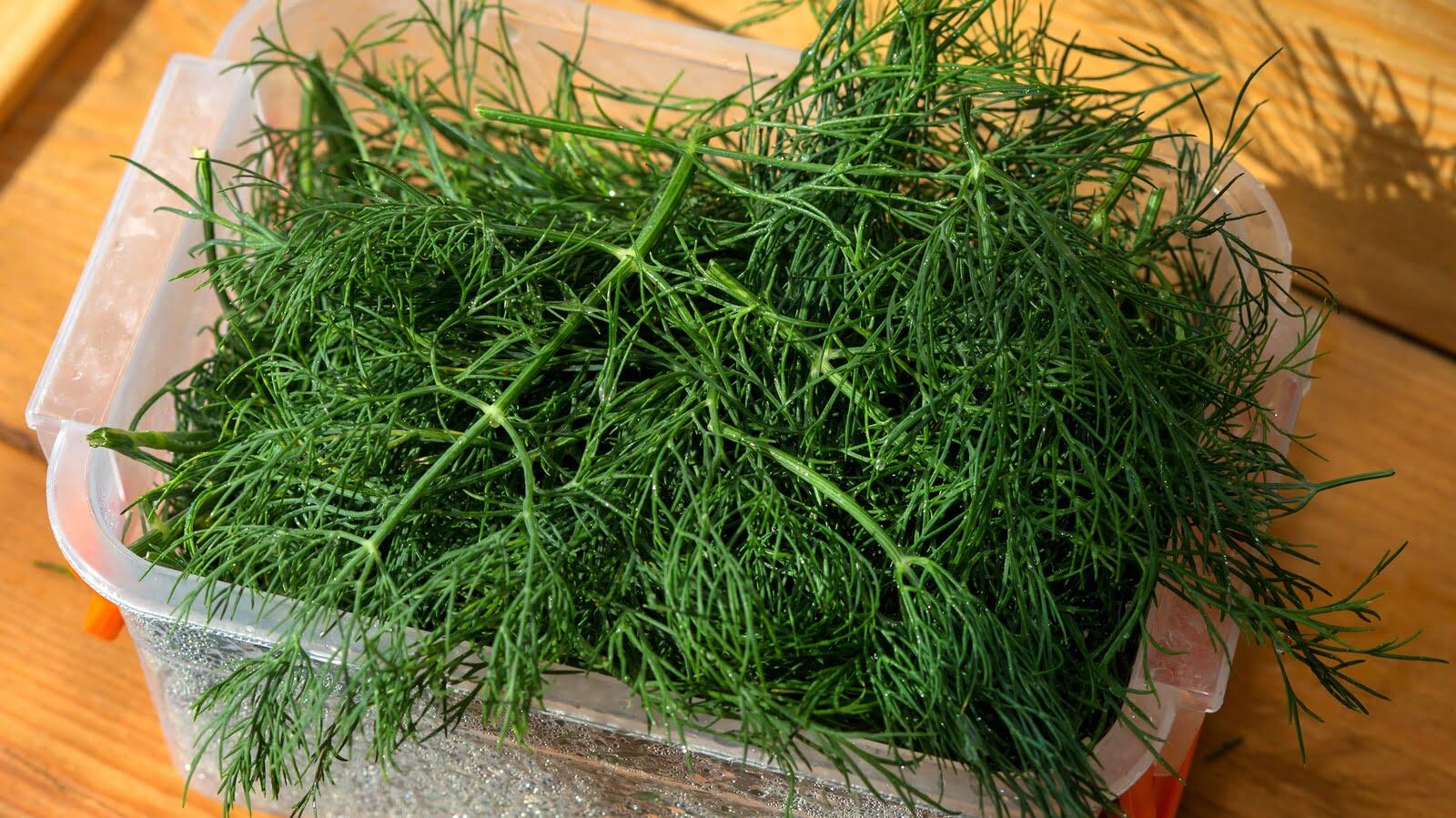
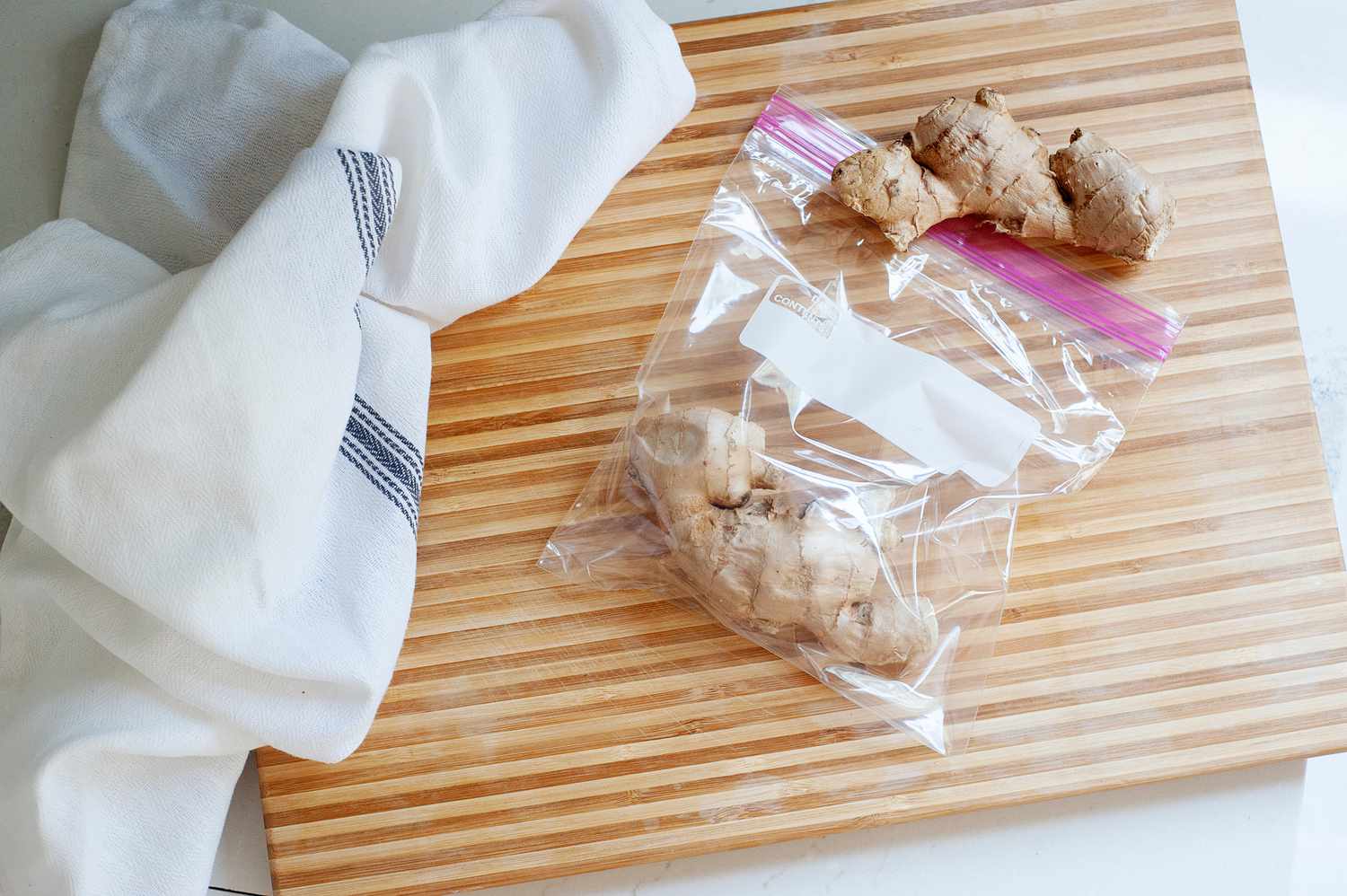

0 thoughts on “How To Store Lasagna In The Fridge”